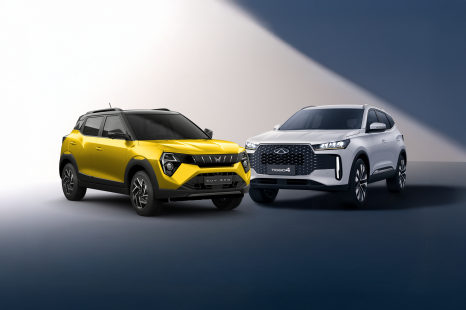

Andrew Maclean
2025 Mahindra XUV 3X0 vs Chery Tiggo 4: Spec battle
24 Days Ago
Despite the liberal use of hard plastics in the cabin the new entry-level T-Roc 110TSI is an enticing package that's priced to sell.
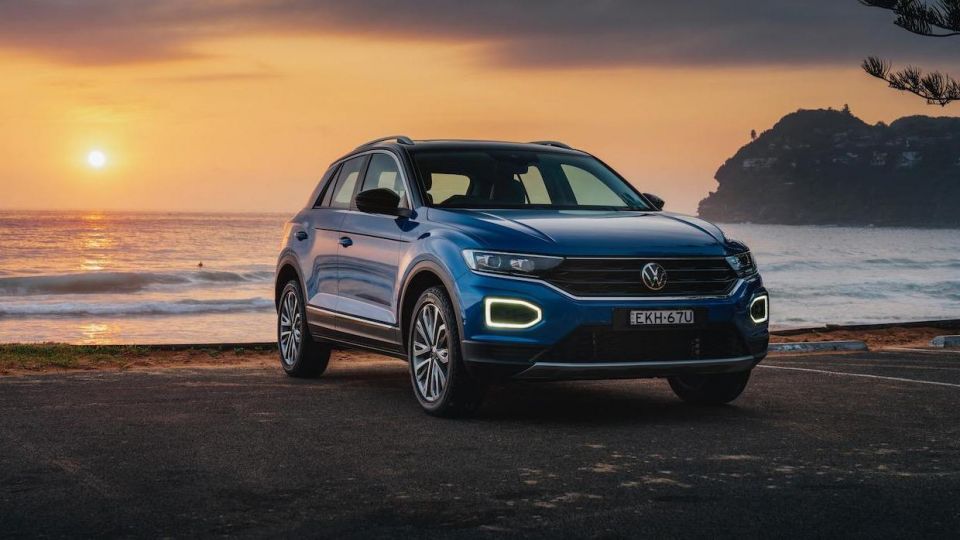
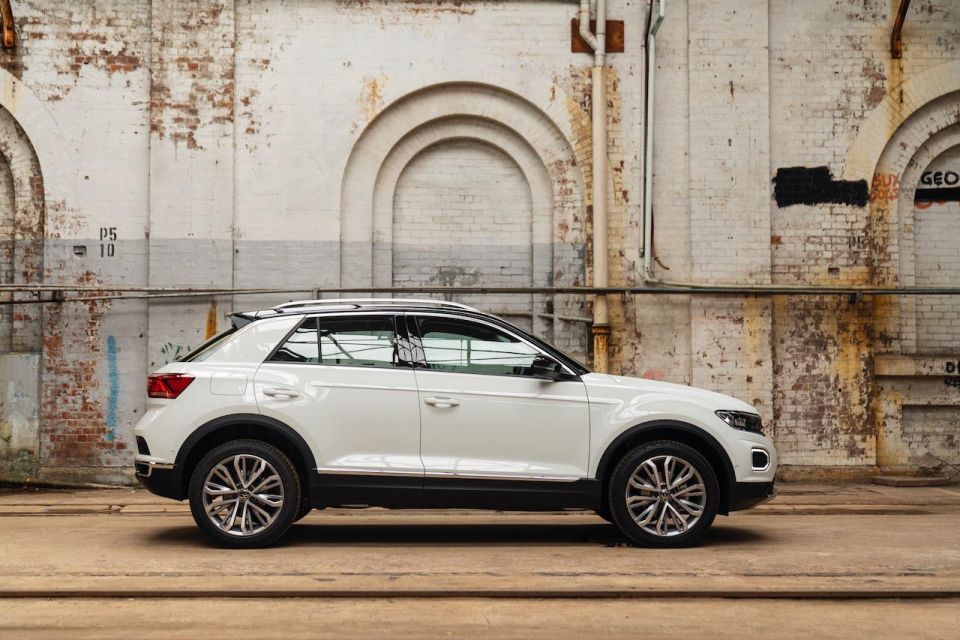

Senior Road Tester
New from
$40,490
excl. on-roads

Senior Road Tester
New from
$40,490
excl. on-roads


Senior Road Tester
New from
$40,490
excl. on-roads

Senior Road Tester
New from
$40,490
excl. on-roads
Quickly see how this car stacks up against its competition. Select any benchmark to see more details.
Where expert car reviews meet expert car buying – CarExpert gives you trusted advice, personalised service and real savings on your next new car.
Not so many years year ago it was just the Golf and Polo, along with the various iterations of those models, charged with holding up the Wolfsburg flag and singing the praises of Volkswagen.
How times have changed. Now, there’s a Volkswagen for every month of the year. The marque spearheaded by an extensive range of smart-looking SUVs that just keeps on growing – speaking of which, meet the new entry-level T-Roc, the 110TSI Style.
For those not up with Volkswagen’s nomenclature, the T-Roc is a small SUV based on the Golf platform that sits above the Polo-based T-Cross. Volkswagen’s mid-sized offering is the Tiguan, and above it sits the Touareg.

As is the case these days, there are multiple variants of each model to fill as many gaps and niches as possible. So, all bases covered? Not quite.
The T-Roc only dropped locally in September with a single high-specification variant, the 140TSI Sport (with 140kW of power). There was also a special-edition X, but it was limited to just 200 units and commanded a $3000 premium over the $40,490 list 140 TSI Sport.
You can understand Volkswagen’s dilemma. Without an entry-level car in the crowded small SUV segment, it was exposed to a raft of rivals with sprawling line-ups packing more affordable variants to suit all manner of lifestyles.
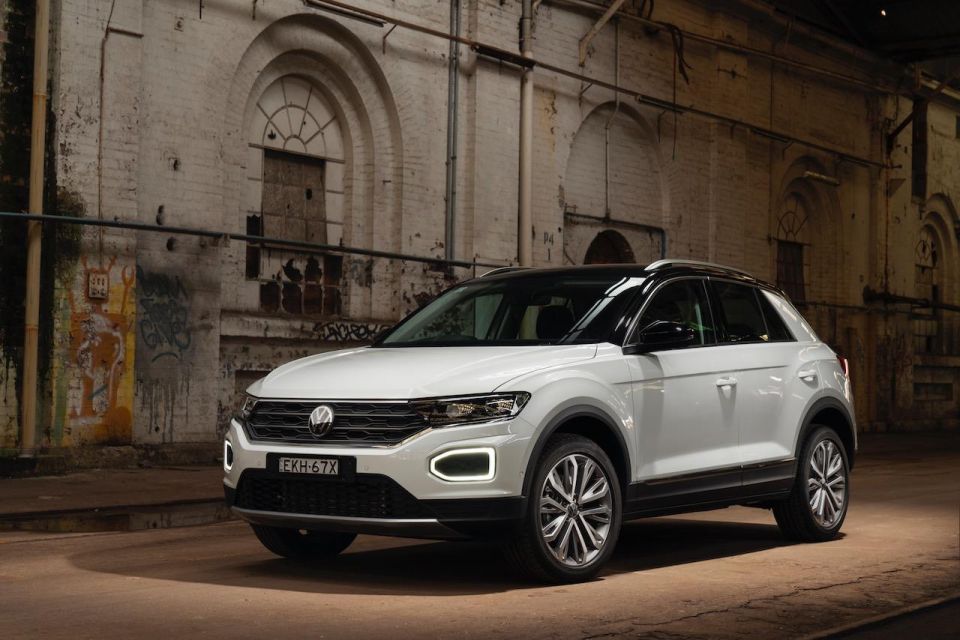
$40,000 is no small investment in this segment, which is why the front-wheel drive T-Roc 110TSI Style priced from $33,990 before on-road costs is expected to become the volume seller in the range, with the added benefit of a decidedly female skew.
Despite the effects of COVID-19 and associated stock shortages, things got off to a pretty solid start for Volkswagen’s small SUV offerings with the T-Roc sales sitting at more than 900 units since its September launch, while the smaller T-Cross has already notched up more than 2200 sales since landing on the showroom floor in May.
Nevertheless, if rivals are anything to go by Volkswagen is still underrepresented in the small SUV segment, at least in terms of overall model variants available.
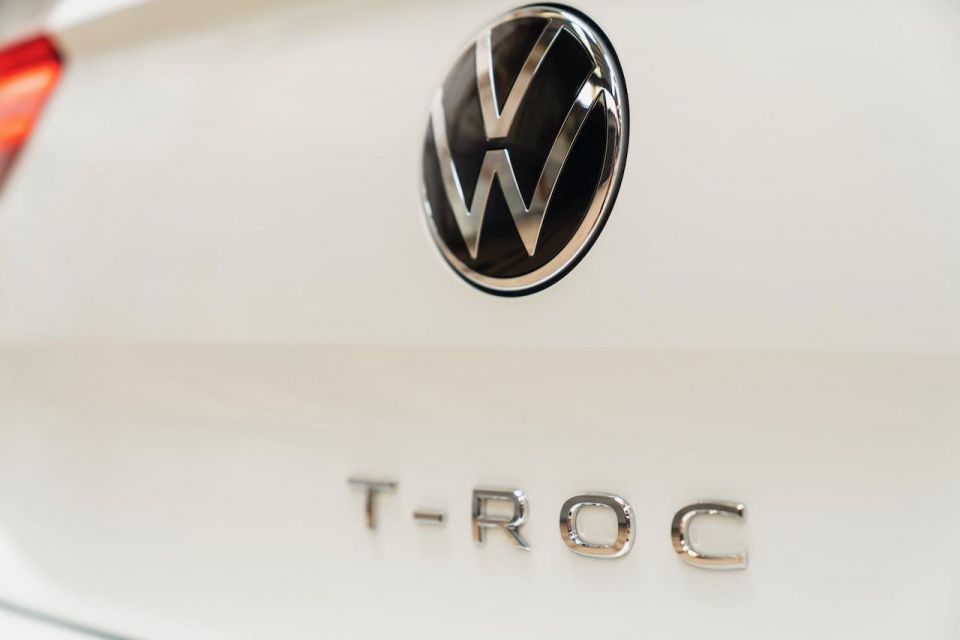
Not surprisingly, research points to design as the key driver for vehicle choice in the small SUV market. While style might be subjective, the T-Roc has a lot going for it in that department with clean panels, sharp character lines, and more sophisticated styling than many of its competitors.
And while T-Roc 110TSI Style might be the new entry point into small SUV ownership within the Volkswagen stable, don’t mistake its positioning as a low rent or budget proposition.
The on-board technology and standard features inventory is well above entry-level.
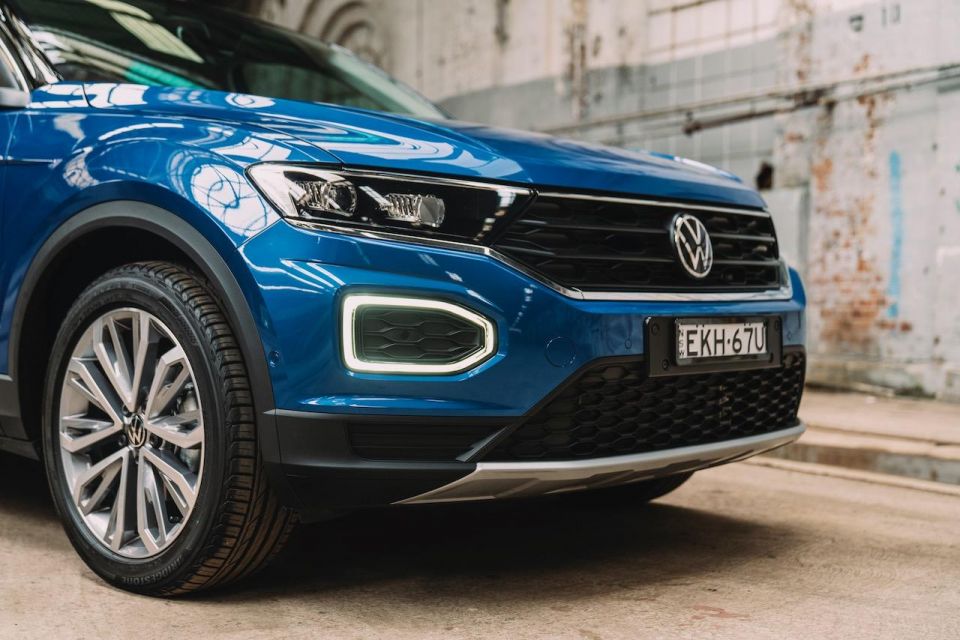
Priced at $33,990 before on-road costs, the T-Roc 110TSI Style slots in between the smaller T-Cross 85TSI Style ($30,990) and the T-Roc 140TSI Sport ($40,490). It’s in the “sweet spot” if you believe the PR spin.
That’s not far off when you consider the Golf-based T-Roc 110TSI Style uses a drivetrain from the upcoming Mk8 Golf range, including a 110kW/250Nm 1.4-litre turbocharged petrol engine paired with an eight-speed automatic transmission.
Two option packages are available to bolster the spec sheet, and a range of colours are available. Premium finishes command an additional $600.
At the end of the day, the price you pay at the dealership will be dependent on a number of factors such as when you want to buy (is the dealership chasing sales?), the stage of life of the model you’re purchasing (is a new generation being launched soon?) and of course your strength as a negotiator.
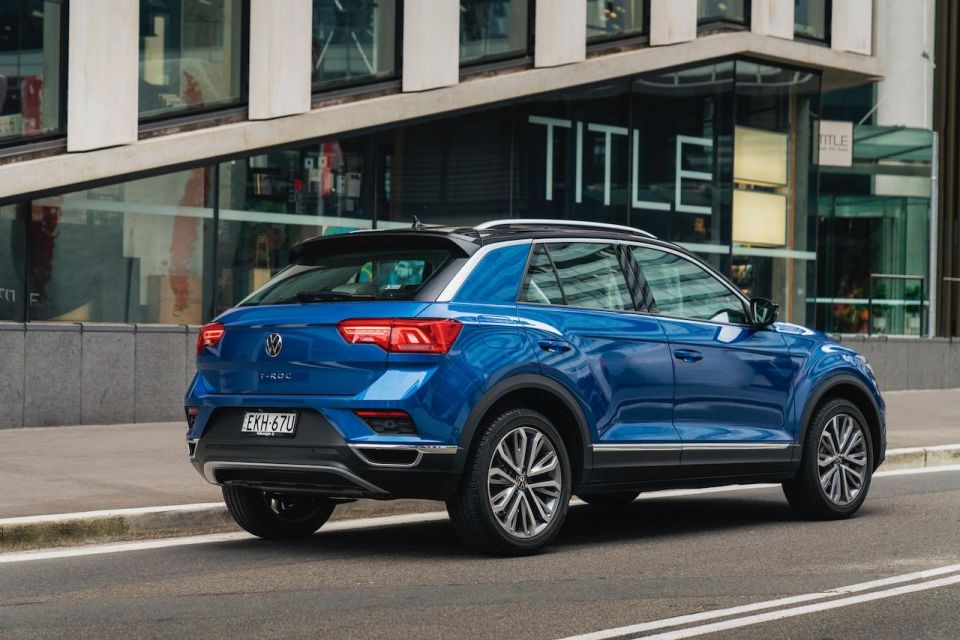
Standard specification for the T-Roc 110TSI Style is anything but budget. Instead, it offers a stack of creature comforts such as LED headlights with light assist (auto high-beam), dual-zone climate control, an 8.0-inch touchscreen infotainment system with Apple CarPlay, Android Auto and gesture control, keyless access and start, power-folding mirrors, and 18-inch ‘Montego Bay’ alloy wheels.
There’s also LED interior lighting, rain-sensing wipers, an auto-dimming rear-view mirror, an electro-mechanical parking brake, front and rear parking sensors with rear-view camera, and ambient lighting.
Active safety technology is also part of this T-Roc’s standard inventory, meaning it includes autonomous emergency braking with pedestrian monitoring, adaptive cruise, lane assist with blind-spot monitoring and rear cross-traffic alert, multi-collision brake, and a driver fatigue detection system.
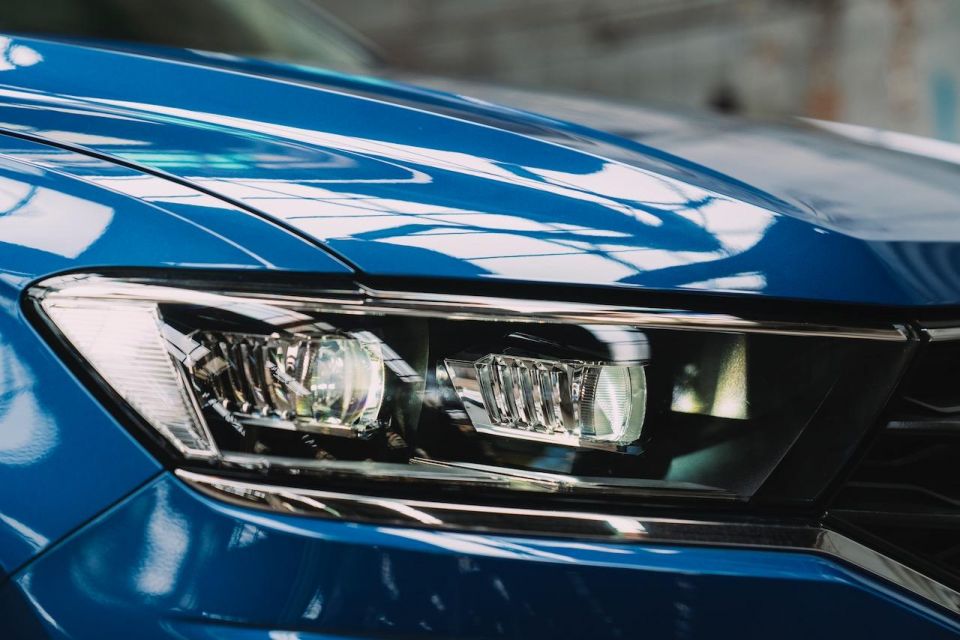
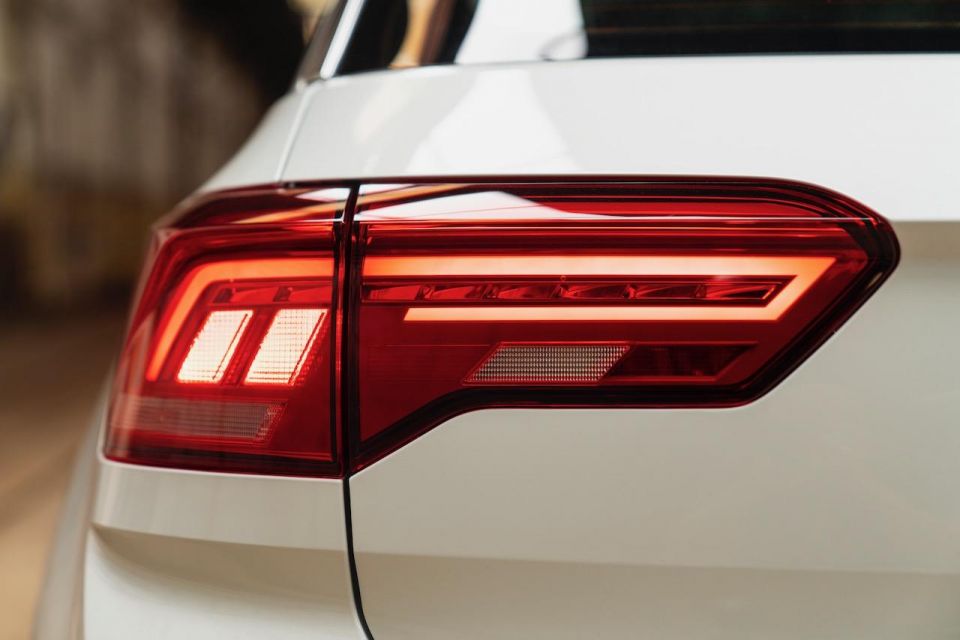
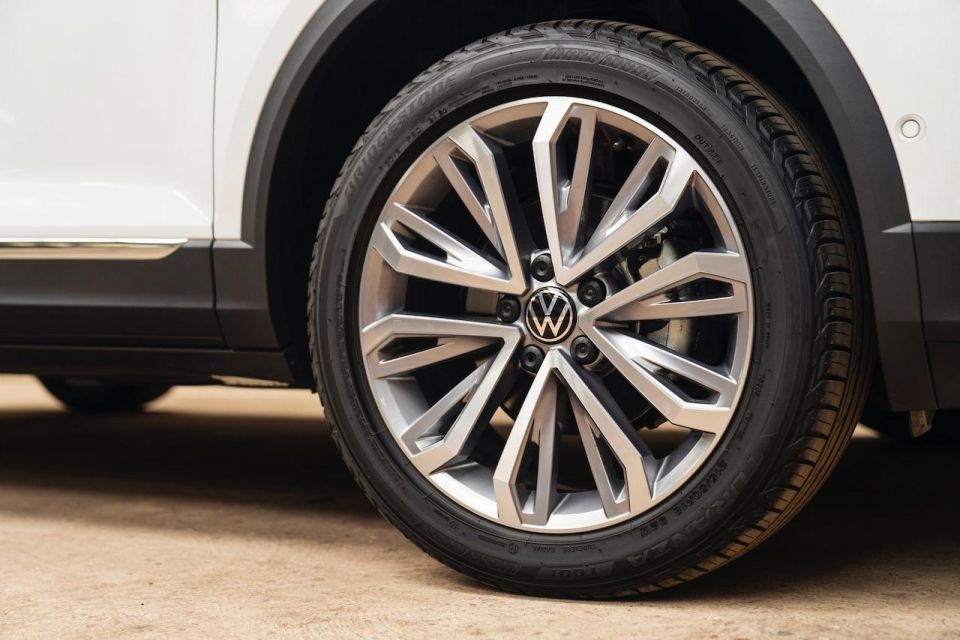
Let’s not forget the contrasting black roof and lower bumper and body side cladding – an essential feature of the T-Roc 110TSI Style.
There are just two no-cost flat colours (Pure White, Flash Red) available, and a choice of five metallic paints which cost an additional $600. They are Turmeric Yellow, Ravenna Blue, Energetic Orange, White Silver, and Indium Grey.
There’s also two options packages. The first is the Sound and Vision ($2000) package including a 10.25-inch digital instrument display, satellite navigation, wireless smartphone mirroring, and a Beats audio system. The second is the Luxury Package ($3800), which adds Vienna leather upholstery, heated front seats, a panoramic glass sunroof, and a powered tailgate.
Annoyingly, there’s still no electric driver’s seat adjustment with memory, wireless phone charging, or DAB+ digital radio that some of its key competitors count as standard kit in this segment.
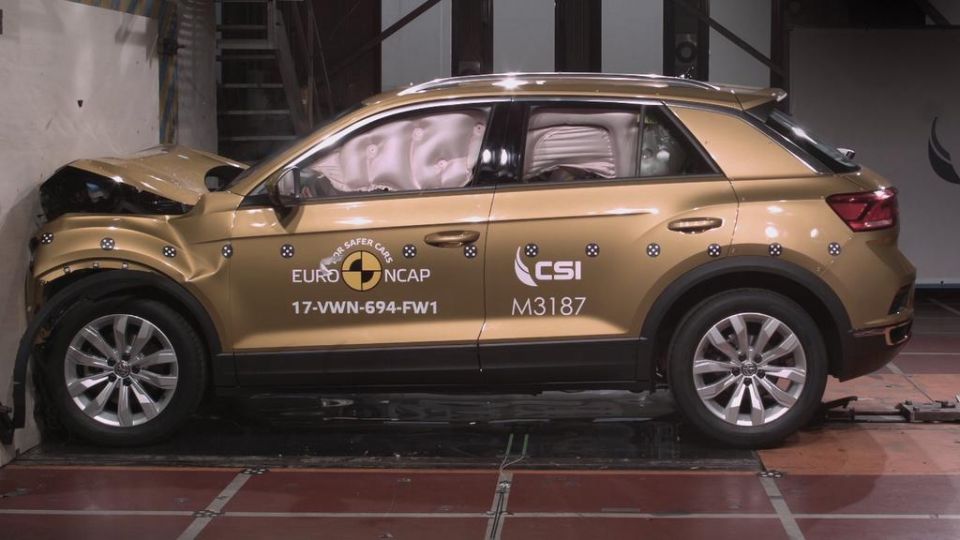
According to ANCAP, yes. When it was tested in 2017 it achieved the full five-star rating from Euro NCAP – scoring 96 per cent for adult protection, 87 per cent for child protection, 79 per cent for pedestrians, and 71 per cent for safety assist.
You get dual frontal, side chest-protecting and side head-protecting (curtain) airbags, as well as all three grades of autonomous emergency braking (City, Interurban and Vulnerable Road User). There’s also a lane-keep system with lane departure warning fitted as standard as noted earlier.
What you don’t get on T-Roc is AEB junction assist, rear AEB or front-centre airbags, all of which are finding their way into more and more vehicles these days – including some rivals – as ANCAP safety protocols are continually being updated.
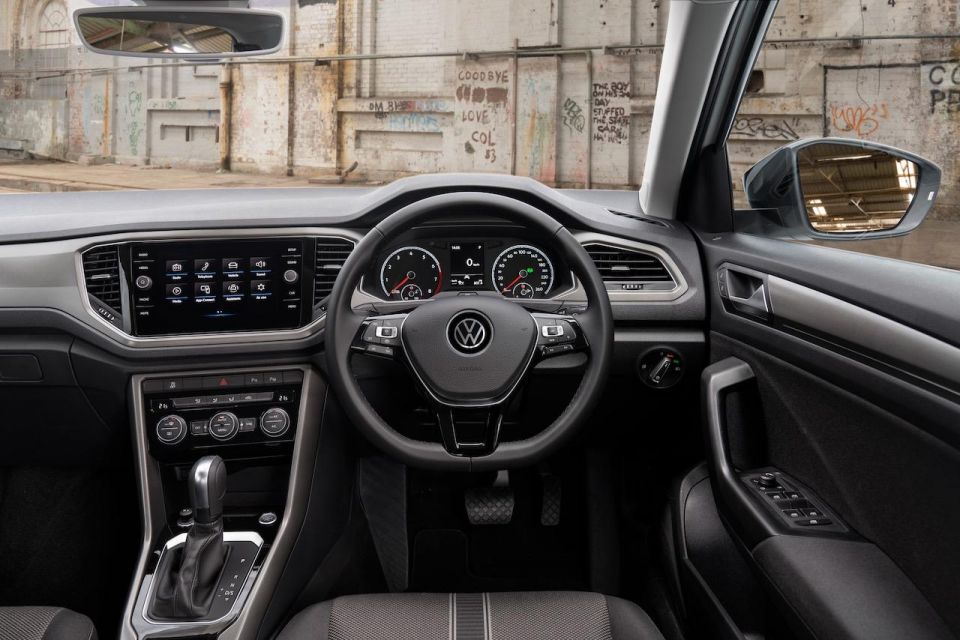
If you’re familiar with the Volkswagen Golf, you’re probably going to feel right at home in the T-Roc 110TSI Style. Well, almost.
The overall layout is pretty much identical, with that same driver-centric cockpit we like. It’s easy to get comfortable and find a good driving position despite the lack of electric seat adjustment.
Then, there’s the tactile shifter and recognisable switchgear. The 8.0-inch touchscreen produces good colour and clarity with strong functionality. And I don’t mind the cloth seats, especially during the sizzling summer months or frosty winter mornings. They’re exceedingly comfortable.

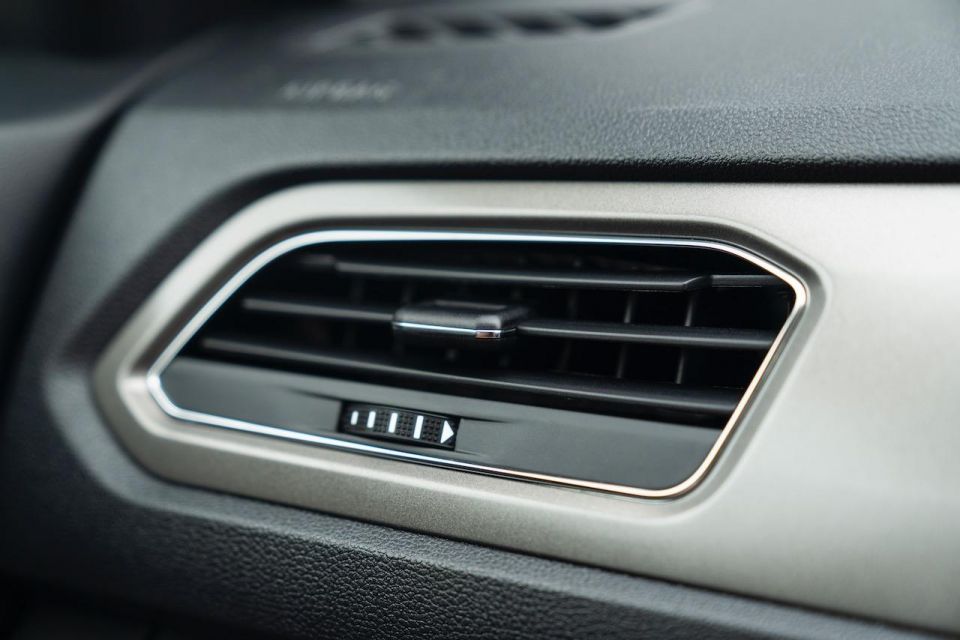
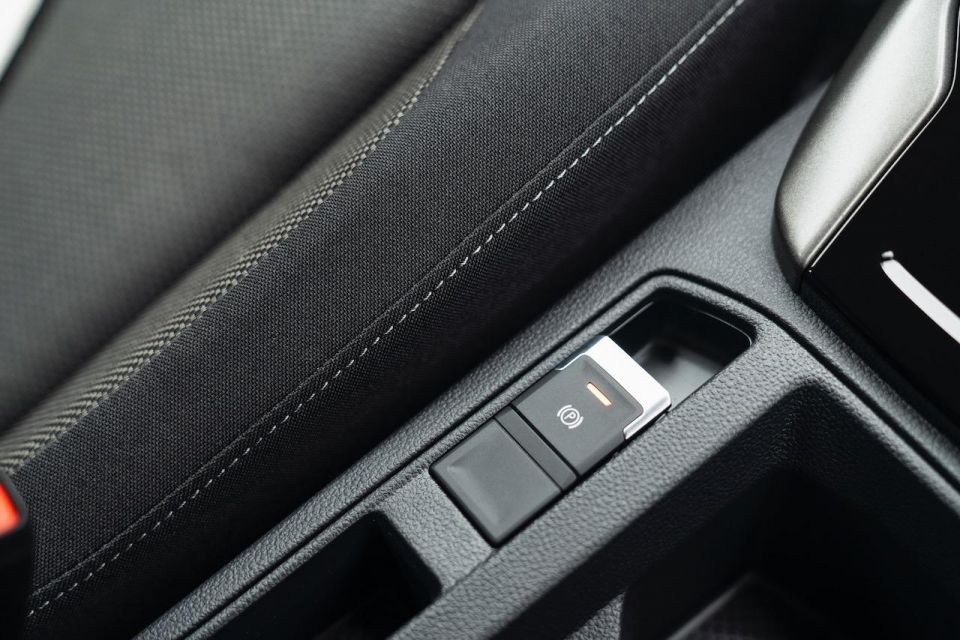
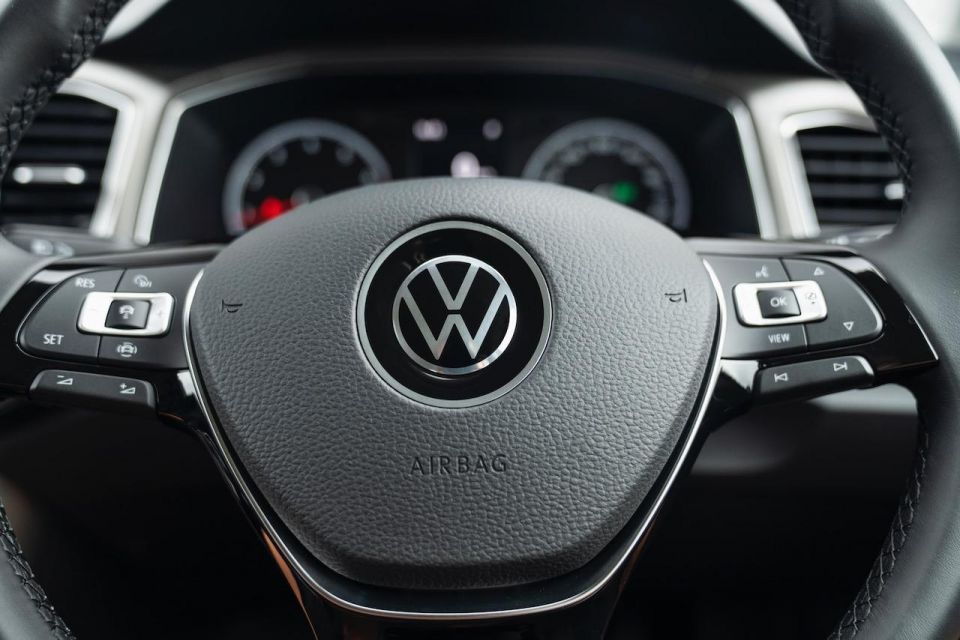
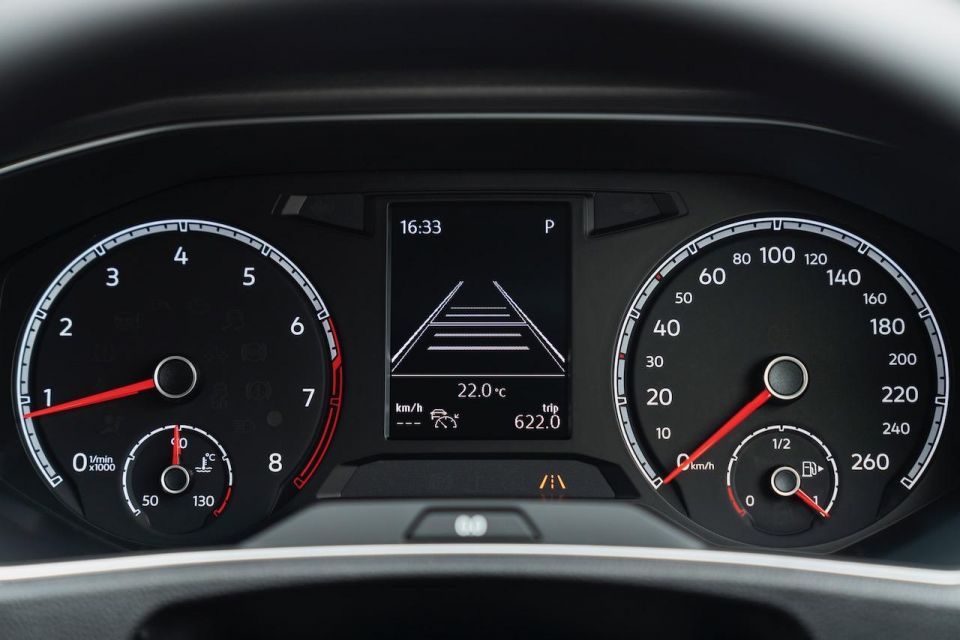
It’s almost a trademark of the brand and although these aren’t electric, the manual seatback adjustment allows for fine-tuning.
Even the metal-look plastic trim bits work towards what is still a nice ambience. Unfortunately, that’s where the familiarity ends and the underwhelming nature of T-Roc’s bargain-basement materials begin to overshadow the good stuff.
It’s the complete lack of soft-touch materials (bar part of the door cards and seats) that is most noticeable. Hard plastics rule here. The entire dash and console is made of the stuff, and it’s not even the good gear used in some key competitors but rather the cheap-looking, scratchy kind.
The issue will likely be resolved when T-Roc gets its mid-life update or indeed as part of a generational change based on the forthcoming Mark 8 Golf. At least we hope so, because the rest of the car remains an enticing proposition.
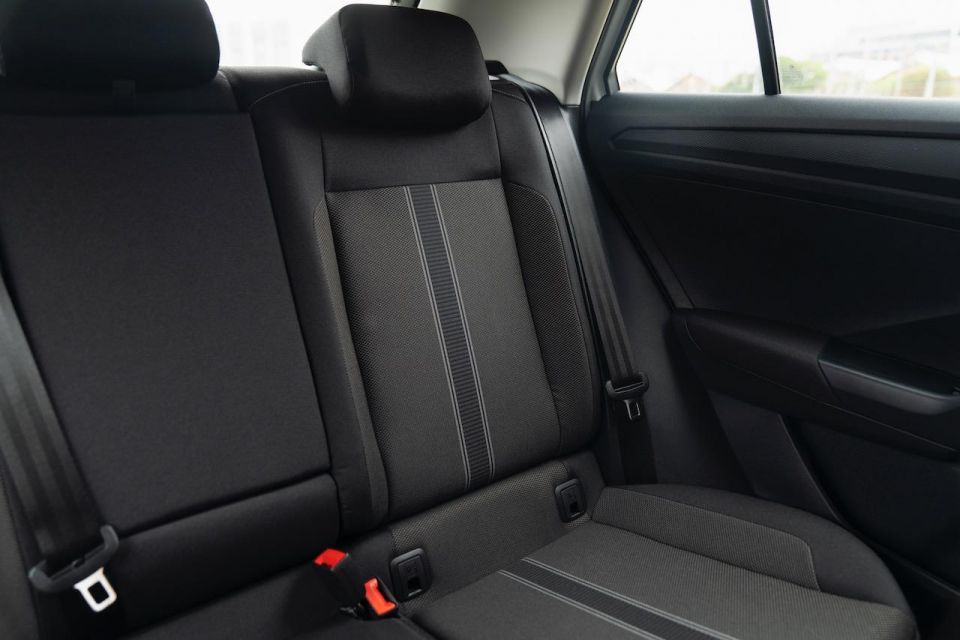
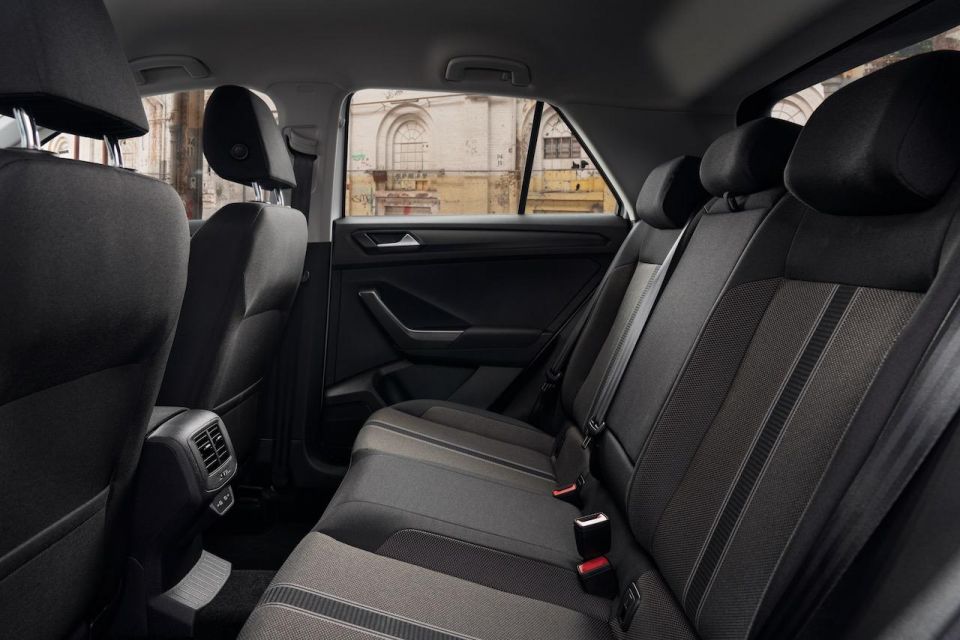
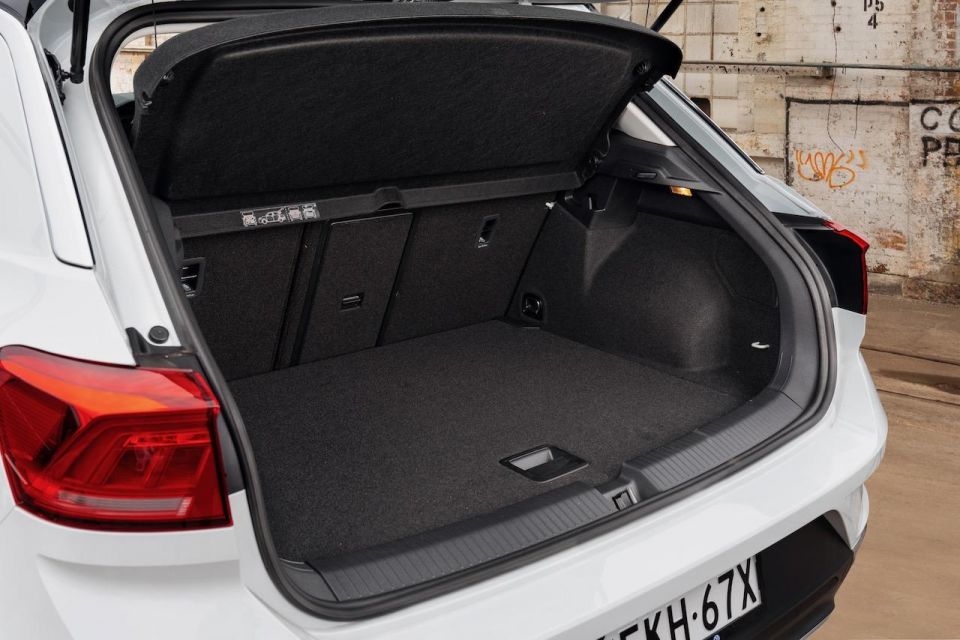
In the meantime, you can always tick the either or both of the options packages which will clearly spruce things up a bit, particularly with the Luxury Package.
Aside from that, the T-Roc offers generous space for its class with good rear legroom and a 445-litre luggage capacity with rear seats in place, which Volkswagen claims is 40 per cent larger than Mazda CX-30 and Toyota C-HR, and 26 per cent more than Hyundai Kona. Better still, the load height is perfect for sliding in large boxes and other inconvenient loads.
That’s also significantly better than offered by the all-wheel drive 140TSI Sport (392 litres), as well as the Kia Seltos (433L).
The back seats are a 60/40 split with a centre armrest with two cup holders, and the door pockets with bottle holders are also substantial. There’s rear air-vents too (still not common in this class), while connectivity is a cinch thanks to four USB-C ports (two front, two rear), though the centre console bin is a bit too small.
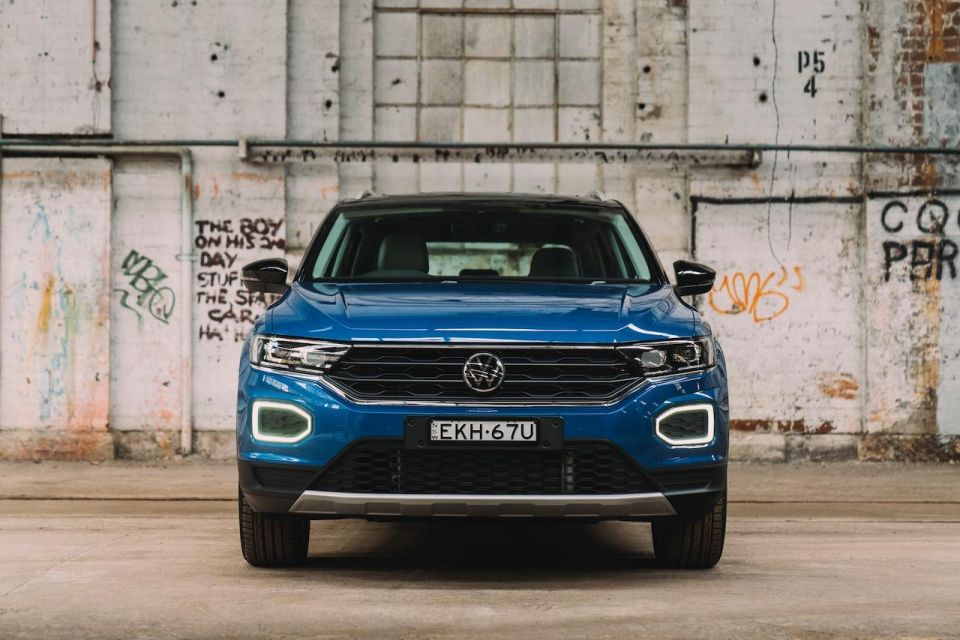
It’s a 1.4-litre four-cylinder turbocharged petrol engine with idle stop/start making 110kW of power at 5000rpm and 250Nm of torque between 1500-4000rpm, channelled through a new eight-speed automatic transmission driving the front wheels.
It’s also worth noting this EA211 drivetrain will be shared with the upcoming Golf 8, and is currently offered in the Skoda Karoq with which the T-Roc shares its underpinnings.
Volkswagen claims the T-Roc 110TSI Style will go from standstill to 100km/h in 8.7 seconds and consumes 6.2L/100km of premium 95RON fuel on the combined cycle. Even with a diet of exclusively urban kays, we couldn’t get near Volkswagen’s 7.5L/100km urban claim. More like 9.8L/100km at best.
Of course, if you require more from your T-Roc, the top-spec 140TSI Sport gets a 2.0-litre four-cylinder turbocharged petrol engine producing of 140kW and 320Nm, channeled through a seven-speed wet-type dual-clutch gearbox driving all four wheels.
It’s obviously quicker out of the blocks and is able to sprint from 0-100km/h in 7.2 seconds, while fuel economy is rated at 7.2L/100km on the combined cycle.
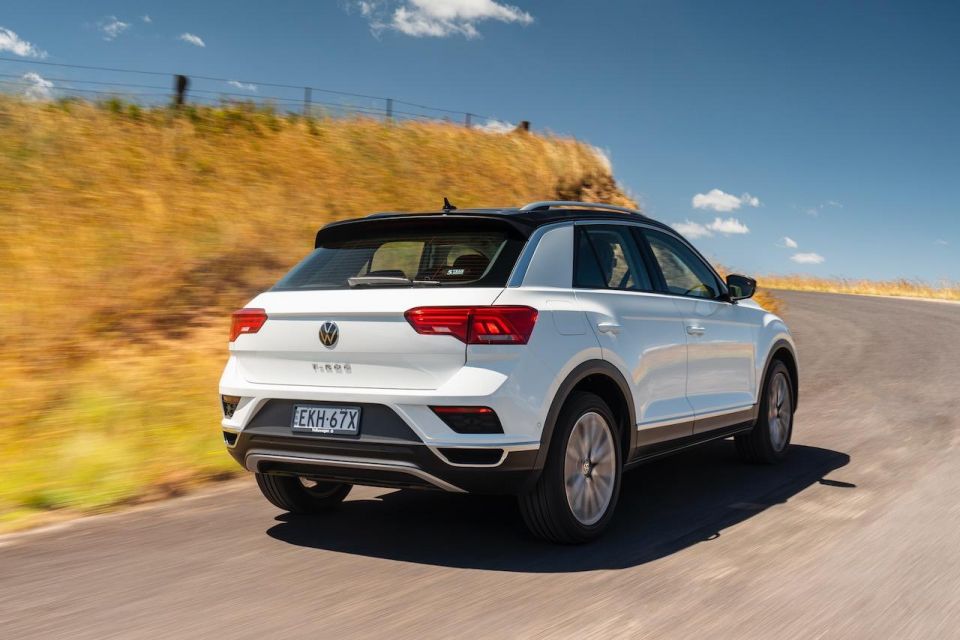
If you’re like me, performance expectations rise and fall depending on your choice of engine. And while the T-Roc 110TSI Style might use a small-displacement engine, that doesn’t mean you’re going to be a backmarker on the road.
In a totally urban environment, where I suspect the T-Roc will spend the bulk of its time, overall performance is good.
Off -the-line turbo lag is minimal provided you’re measured with the throttle, but once you’re up and running acceleration is better than expected but short of scintillating. In fact, I’m not sure the extra coin spent on the 140TSI Sport is worth it on that basis alone.
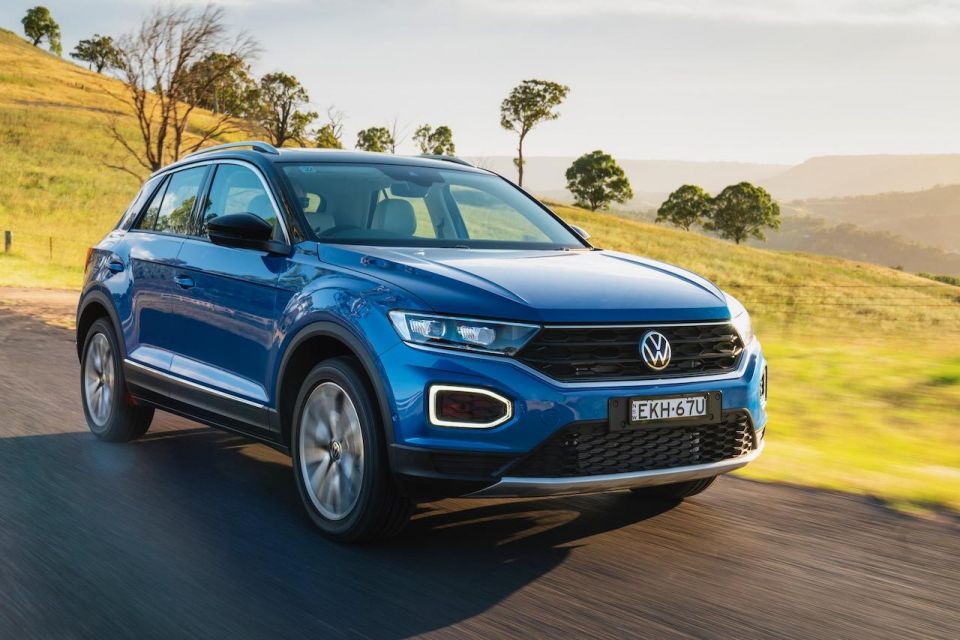
Where expert car reviews meet expert car buying – CarExpert gives you trusted advice, personalised service and real savings on your next new car.
Mid-range progress is solid thanks to what is a lightweight vehicle (1319kg against the 1461kg for the 140TSI Sport). That’s also less heft than rival models such as the equivalent Hyundai Kona (1383kg) and Mazda CX-30 (more than 1400kg).
It’s also light on its feet for that very reason and handles quick changes of direction with such ease it almost encourages a more spirited driving style. Don’t get me wrong, tuck into a few well-chosen corners and there’s no escaping body roll but the T-Roc quickly settles and is well poised.
That said, I’d like a tad more weight in the steering, but by the same token there will be plenty of others who welcome such levels of power assistance when parking.

Although it shares the same MacPherson strut suspension setup up front, down back the 110TSI Style makes do with a semi-independent torsion beam axle, whereas the 140TSI Sport adopts a more sophisticated four-link system with Sport suspension for more composure under high loads.
There are no fancy driving modes or paddle-shifters, though I did knock the gear selector into Sport a few times. Apart from holding the lower gears longer before shifting up, you’re better off in the standard mode for smoothness and refinement alone.
Ride compliance is very good for a fixed-rate damper system and handles most surfaces including broken road and course-chip roads. Only occasionally when we hit sharp edges was the impact felt through the chassis.
Normally, I’m a big fan of adaptive suspension systems (even in small cars), but with this level of bump absorption there’s no requirement for it.
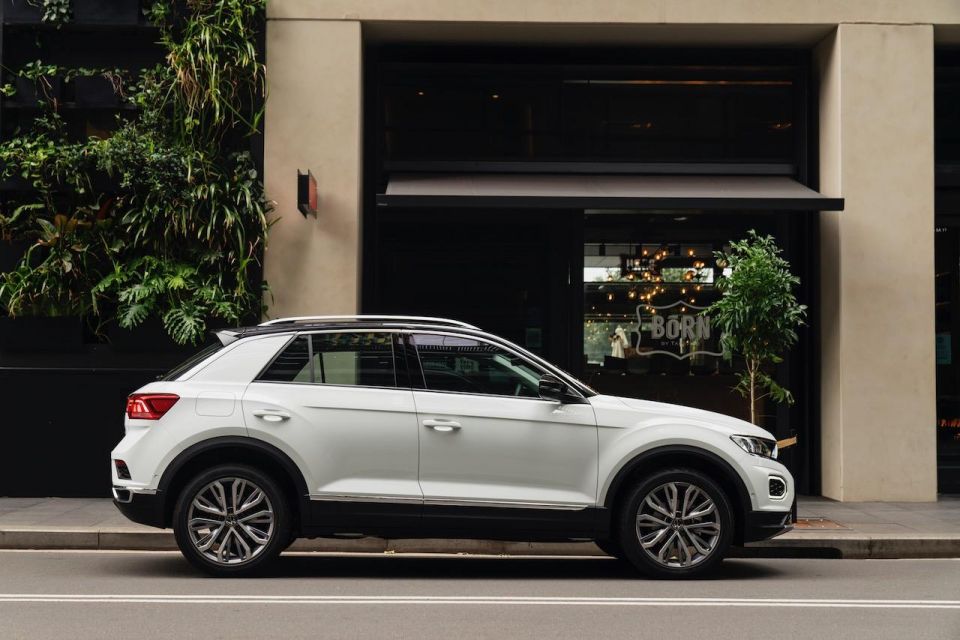
Like all new Volkswagens, the T-Roc comes with a five-year, unlimited-kilometre factory warranty and is offered with a choice of two service Care Plan service packages – covering three years or five.
Each covers scheduled maintenance for their allotted period at $1300 and $2100 respectively – the latter gives you the first service free of charge.
That’s not much more than $400 per year following the required 15,000km or 12 months service intervals, whichever comes first. Not only that, each package represents a saving over ‘pay as you go’ servicing – $166 for the three-year package and $696 for the five-year term.
With the Care Plans you also get complimentary roadside assistance for the life of the plan and/or each time you choose to service your Volkswagen at a participating dealer for up to 10 years from the start of the original factory warranty.
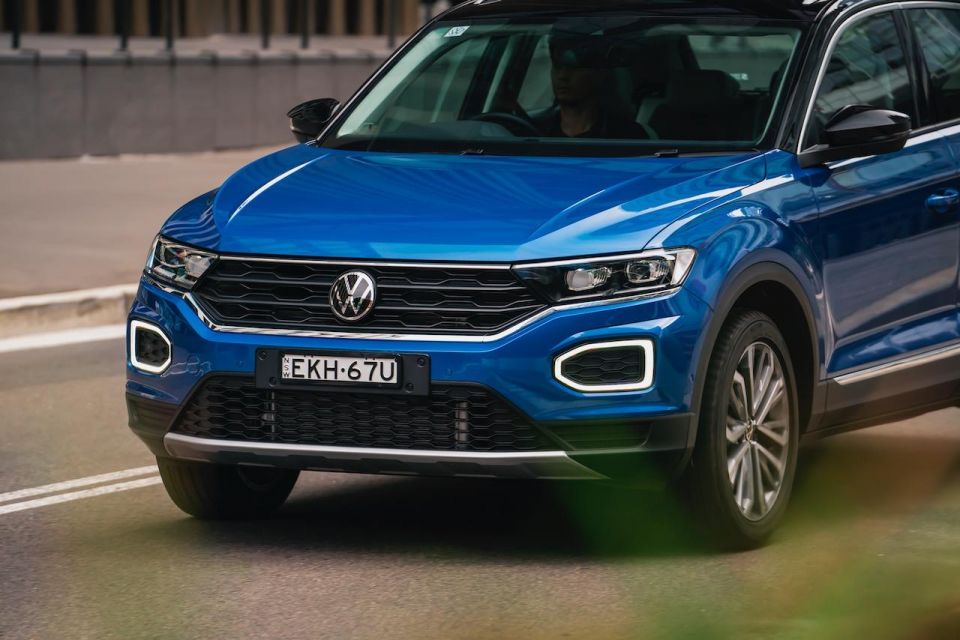
It’s not the perfect package by any means, but the T-Roc 110TSI Style is still both a desirable and more affordable proposition than the 140TSI Sport launch variant.
Despite the extent of hard plastics inside the cabin there’s still a great ambience. I’d also argue that it’s one of the most handsome models in its class, which delivers a host of features, oodles of space, and decent road manners to boot.
Click the images for the full gallery
MORE: Volkswagen T-Roc news and reviews MORE: Volkswagen news and reviews
Where expert car reviews meet expert car buying – CarExpert gives you trusted advice, personalised service and real savings on your next new car.
Discover and compare similar models


Andrew Maclean
24 Days Ago
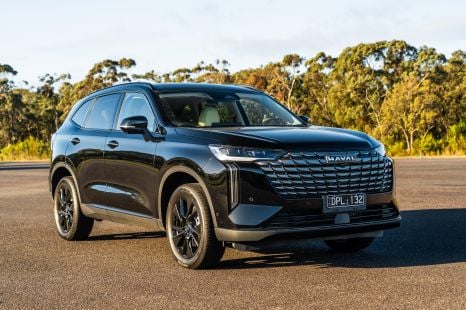

Josh Nevett
20 Days Ago
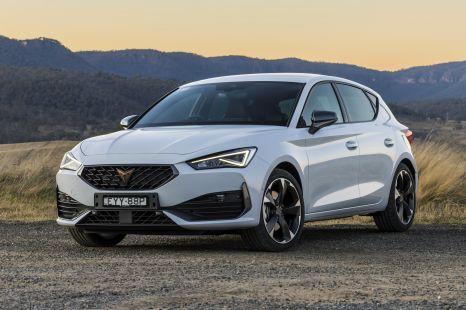

James Wong
14 Days Ago
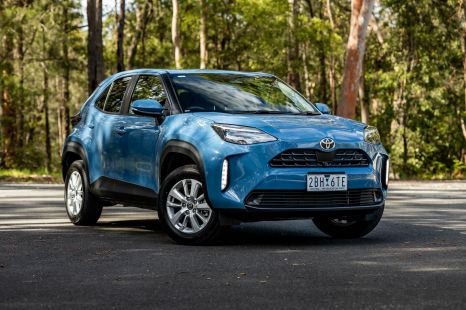

Matt Campbell
14 Days Ago
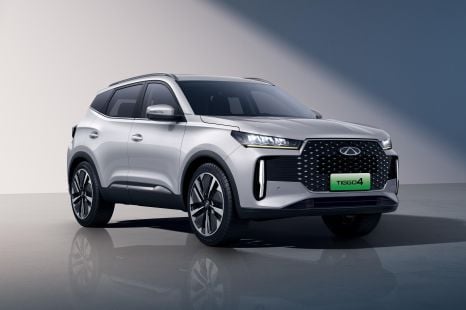

William Stopford
11 Days Ago
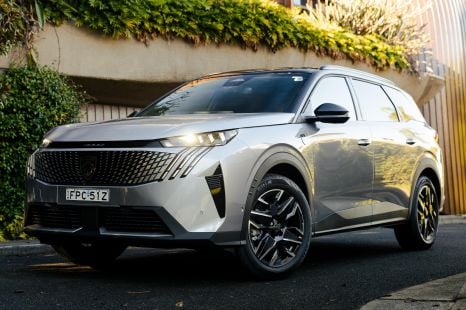

Anthony Crawford
8 Days Ago
Suggested Comparisons